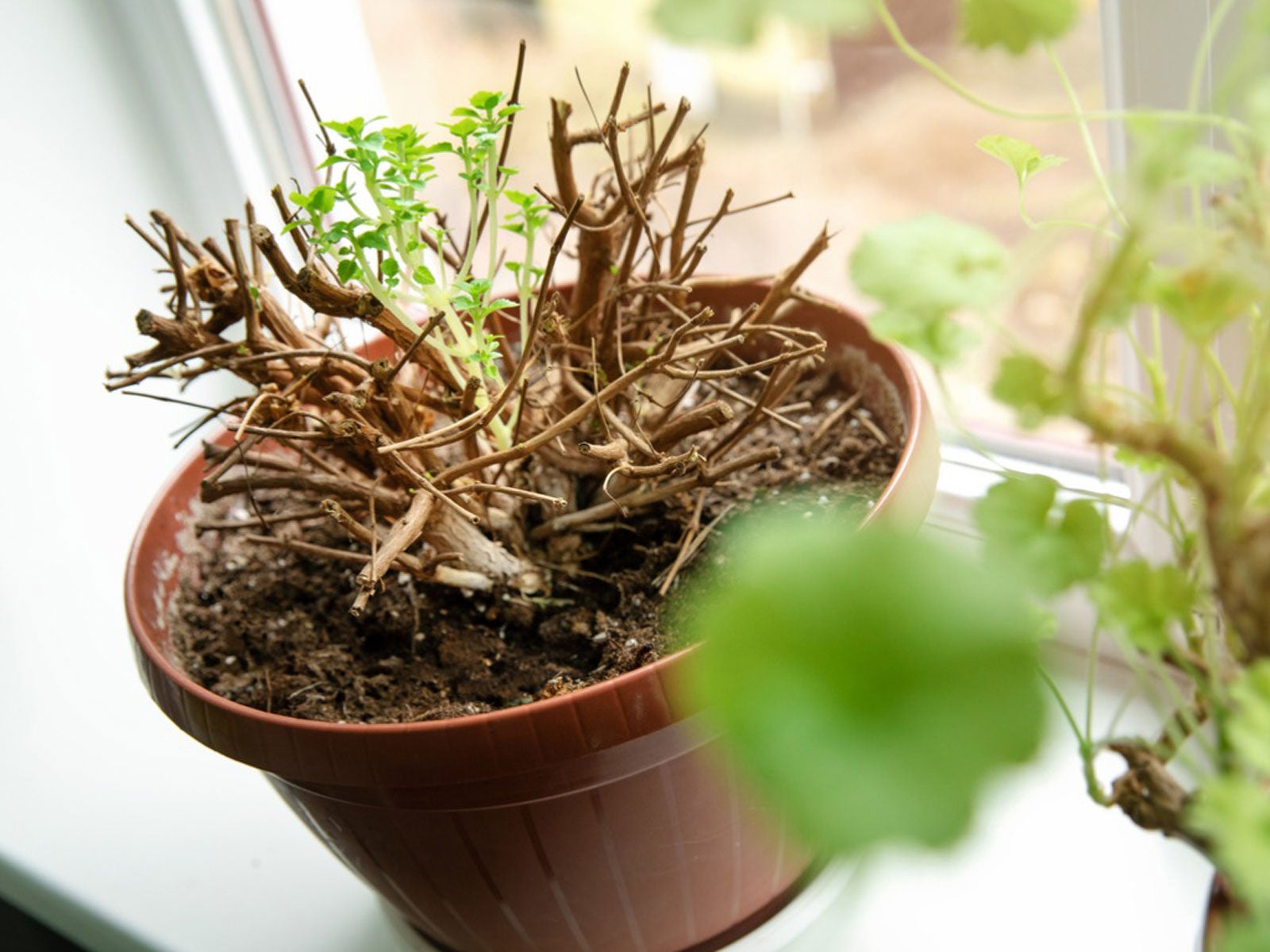Understanding Plant Dormancy: How To Put A Plant Into Dormancy


Nearly all plants go dormant in winter—whether they're growing indoors or out in the garden. This period of rest is crucial to their survival in order to regrow each year. While plant dormancy during cold conditions is important, it may be equally important during times of stress. For instance, during periods of extreme heat or drought, many plants (especially trees) will go into a dormancy-like state, shedding their leaves early in order to conserve what little moisture may be available to ensure their survival.
Making a Plant Go Dormant
Normally, you don't need to do anything to get a plant to go dormant. This usually happens on its own, though some indoor plants may need to be coaxed. Most plants can detect the shorter days towards the end of summer or early fall. As cooler temperatures begin to approach soon after, plant growth will start to decline as they enter into dormancy. With houseplants, it may help to move them to a darker and cooler area of the home in order to allow them to go dormant. Once a plant is dormant, foliage growth may be limited and even drop off, but the roots will continue to grow and thrive. This is why fall is often an ideal and preferable time for transplanting. Outdoor plants that are in the ground won't need any help, though outdoor potted plants may need to be moved, depending on the climate and type of plant. Most potted plants can be moved indoors or for hardier types, an unheated garage will be sufficient over winter. For a fully dormant plant (one that loses its leaves), monthly watering during winter dormancy can also be given, though no more than this.
Revive a Dormant Plant
Depending on your location, it can take weeks for plants to come out of dormancy in spring. To revive a dormant plant indoors, bring it back into indirect light. Give it a thorough watering and a boost of fertilizer (diluted at half strength) to encourage new growth. Do not move any potted plants back outdoors until all threat of frost or freezing temps has passed. Most outdoor plants require little maintenance other than trimming back to allow for new growth to come through. A dose of fertilizer in spring can also help encourage the regrowth of foliage, though it will oftentimes occur naturally whenever the plant is ready.
Sign up for the Gardening Know How newsletter today and receive a free copy of our e-book "How to Grow Delicious Tomatoes".

Nikki Tilley has been gardening for nearly three decades. The former Senior Editor and Archivist of Gardening Know How, Nikki has also authored six gardening books.